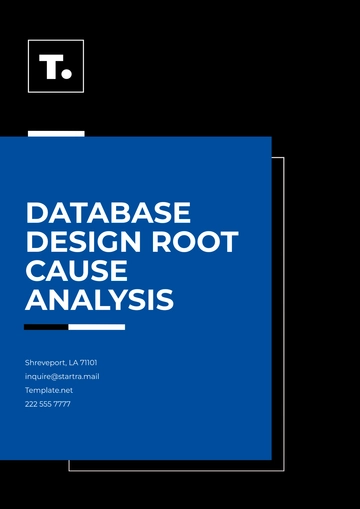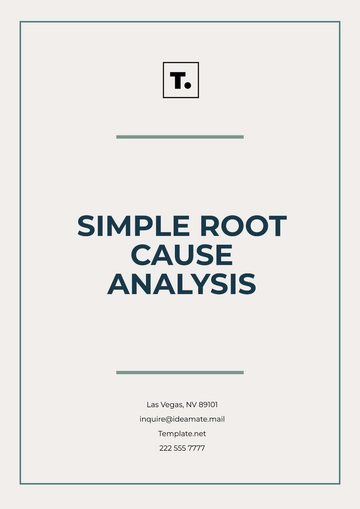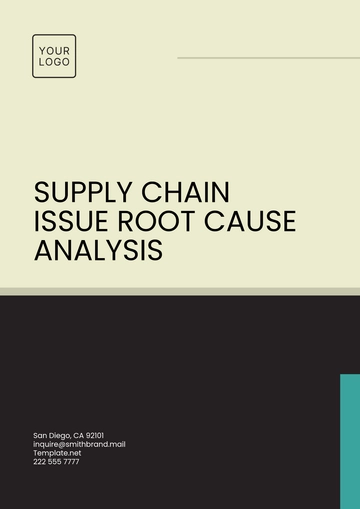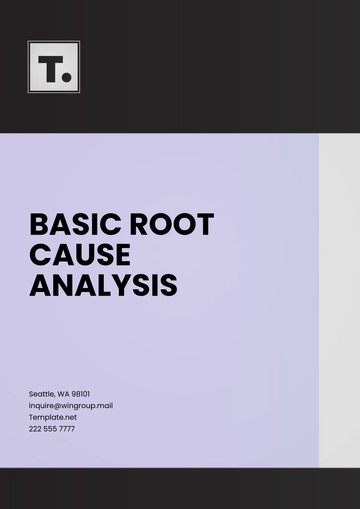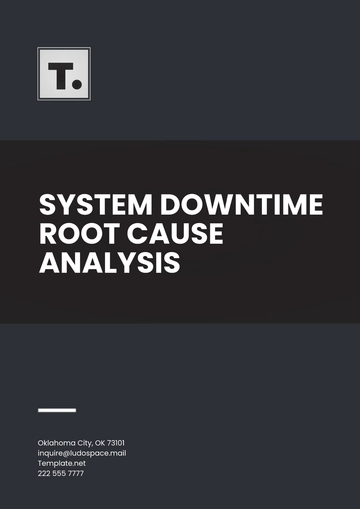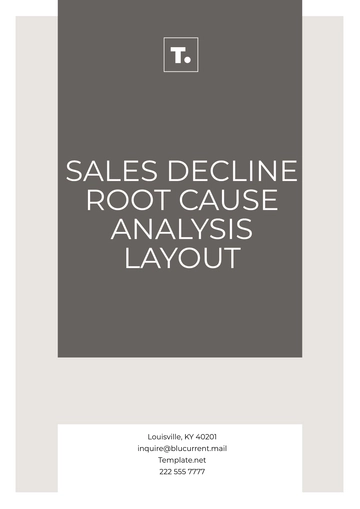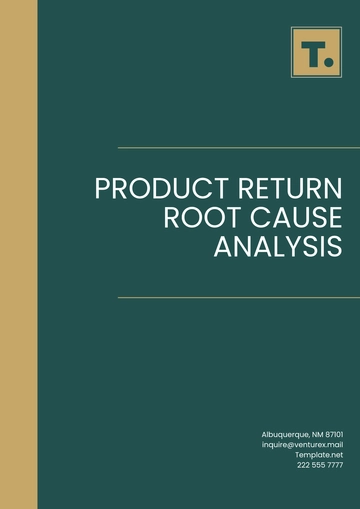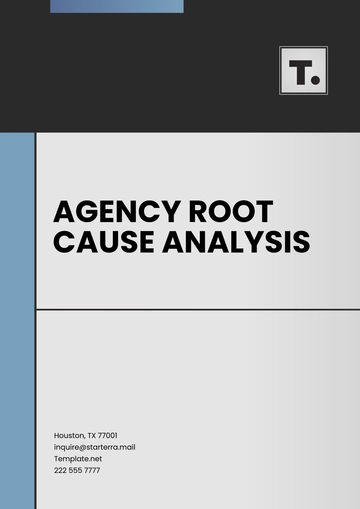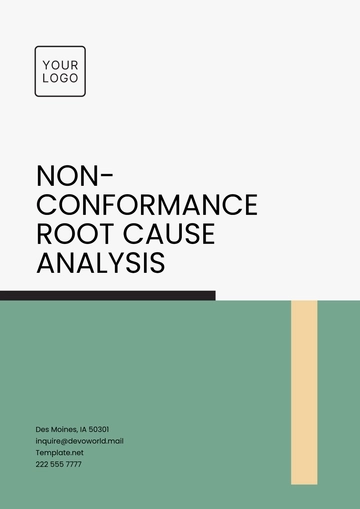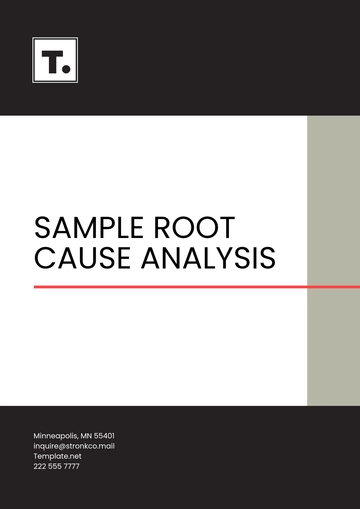Performance Bonus Allocation Analysis HR
Introduction
The purpose of this document is to outline the methodology and criteria used by [Your Company Name] to allocate performance bonuses to employees. The document aims to ensure a fair and transparent process that aligns with the company's strategic goals and values. It serves as a guide for HR professionals and managers involved in the bonus allocation process. This initiative is part of our broader strategy to foster a performance-driven culture within the organization. By clearly defining the parameters for bonus allocation, we aim to motivate employees to excel in their roles and contribute positively to the company.
Objectives
Align with Company Goals
The primary objective is to align bonus allocation with the strategic goals of [Your Company Name]. This ensures that employees are incentivized to contribute to the company's success. By tying bonuses to company-wide objectives, we can drive collective effort toward achieving these goals, thereby fostering a sense of unity and purpose among employees.
Employee Retention
Another objective is to retain high-performing employees by offering competitive bonuses that reflect their contributions to the company. A well-structured bonus system can serve as a powerful tool for employee retention, encouraging top talent to stay and grow with the organization.
Transparency
To maintain transparency and fairness in the bonus allocation process, ensuring that all employees understand how bonuses are determined. This involves clear communication of the criteria and methodology used, thereby eliminating any ambiguity or perceptions of favoritism.
Methodology
Data Collection
Data will be collected from various departments to assess employee performance. This includes sales figures, customer feedback, and peer reviews. The data collection process will be standardized across all departments to ensure consistency and fairness in the evaluation.
Data Analysis
The collected data will be analyzed to determine which employees meet the eligibility criteria for a bonus. The analysis will be conducted using statistical methods to ensure accuracy. This stage is crucial for identifying deserving employees and ensuring that bonuses are allocated based on merit.
Bonus Calculation
The bonus amount will be calculated based on a set of performance metrics, which are outlined in Section 5. The calculation will be done using a weighted average formula that takes into account the importance of each metric in relation to the company's strategic objectives.
Eligibility Criteria
Criteria | Details |
|---|
Employment Status | Only full-time employees who have been with [Your Company Name] for at least six months are eligible for a performance bonus. This time frame is considered sufficient for employees to acclimate to the company culture and demonstrate their capabilities. |
Performance Review | Employees must have a performance review score of at least 80% to be considered for a bonus. This threshold ensures that only those who have shown exceptional performance are rewarded, thereby setting a high standard for excellence. |
Departmental Requirements | Some departments may have additional criteria, such as meeting specific sales targets or project completion rates. These additional criteria are designed to align with the unique goals and challenges of each department, ensuring that bonuses are tailored to drive performance where it matters most. |
Performance Metrics
Metric | Weight (%) | Details |
|---|
Sales | 40 | Sales figures relative to targets. |
Customer Satisfaction | 30 | Based on customer feedback and reviews. |
Peer Review | 20 | Assessments from colleagues and supervisors. |
Punctuality | 10 | Attendance and timeliness. |
The metrics have been carefully chosen to provide a balanced view of an employee's performance. Each metric is weighted to reflect its importance in achieving the company's strategic objectives. This ensures that employees are evaluated holistically, taking into account various aspects of their job performance.
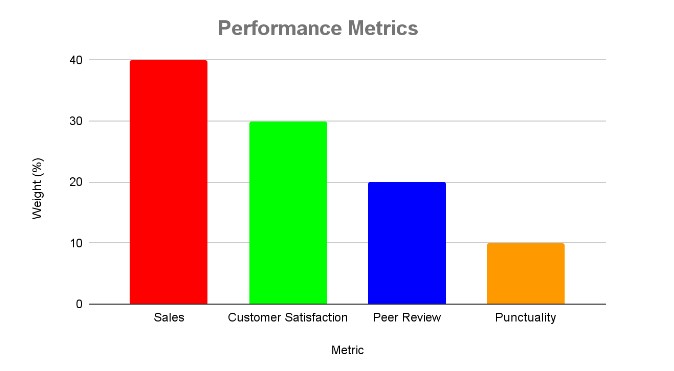
Bonus Allocation
Bonus Pool
The total amount available for bonuses is determined by [Your Company Name]'s overall profitability. This approach ensures that bonus allocation is sustainable and aligned with the company's financial health.
Individual Allocation
Bonuses will be allocated based on the performance metrics and their respective weights. This ensures that the bonus amount accurately reflects an employee's contribution to the company.
Bonus Distribution
Bonuses will be distributed during the annual review period, along with performance reviews. This timing allows for a comprehensive assessment of an employee's performance over the entire year, ensuring that the bonus serves as a meaningful reward.
Legal Compliance and Documentation
Compliance with Labor Laws | It's crucial to ensure that the bonus allocation process complies with local, state, and federal labor laws. This includes adhering to non-discrimination policies and ensuring that bonuses are allocated fairly across all demographics within the company. Legal compliance not only protects the company from potential lawsuits but also reinforces the company's commitment to ethical practices. |
Documentation | All aspects of the bonus allocation process should be thoroughly documented. This includes the criteria used for eligibility, the metrics for performance evaluation, and the final bonus amounts allocated to each employee. Proper documentation serves as a record that can be reviewed for future audits or in case of any disputes. |
Employee Communication and Feedback
Communication Strategy
A clear and effective communication strategy is essential for the successful implementation of the bonus allocation process. Employees should be informed about the process well in advance, including the criteria for eligibility and the metrics that will be used for evaluation. This can be done through emails, team meetings, or company-wide announcements.
Feedback Mechanism
After the bonuses have been distributed, it's important to have a mechanism for collecting feedback from employees. This could be in the form of anonymous surveys or open forums where employees can share their thoughts on the process. The feedback collected can be invaluable for making improvements in future bonus allocation cycles.
Recommendations
Based on the analysis, we recommend the following:
Increase the weight of customer satisfaction in the performance metrics. This recommendation is based on the growing importance of customer experience in our industry and its impact on long-term success.
Implement a quarterly review to allow more frequent bonus opportunities. This would serve to keep employees engaged and motivated throughout the year, rather than just during the annual review period.
Conclusion
This document outlines the comprehensive approach taken by [Your Company Name] to allocate performance bonuses. It aims to align employee incentives with company goals, retain high-performing talent, and maintain transparency in the process. By adhering to this structured methodology, we can ensure that bonuses serve as an effective tool for motivating and rewarding our workforce.
This concludes the expanded Performance Bonus Allocation Analysis HR Template. For any further queries or clarifications, please contact [Your Name] at [Your Company Email].
HR Templates @ Template.net





